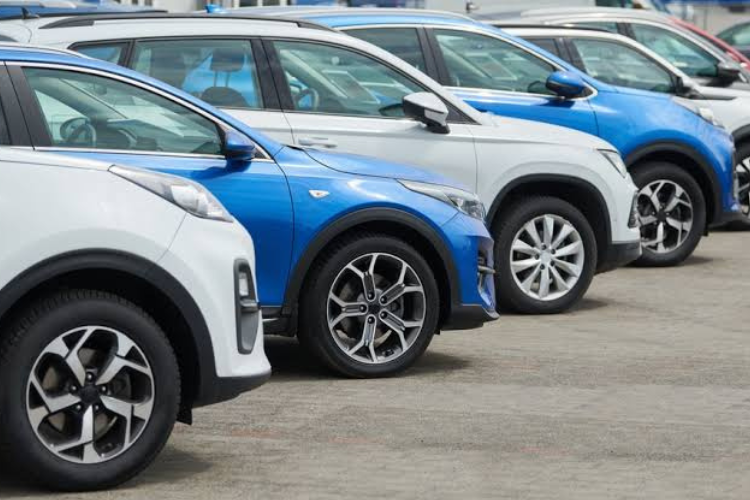- +254 757 360 543
- [email protected]
- Ganjoni, Mombasa Kenya

Japanese Used Car Grading: A Guide for Kenyan Buyers
Used cars from Japan in Kenya are a popular choice for many, thanks to the vehicles' affordability and renowned reliability.
However, navigating the intricacies of Japanese auction grades and understanding the significance of mileage can be daunting.
With this guide, we aim to shed light on these aspects, empowering you to make informed decisions when purchasing your next vehicle.
Deciphering Japanese Auction Grades
Japanese used cars undergo rigorous inspections before being listed at auctions, resulting in an "auction grade" that reflects the vehicle's overall condition.
Here's a simplified breakdown:
- Grade S: Practically new vehicles, typically less than a year old with minimal mileage.
- Grade 6: Nearly new cars, up to 3 years old, with mileage under 30,000 km.
- Grade 5: Excellent condition used cars with up to 50,000 km; may have minor imperfections.
- Grade 4.5: Very good condition, under 100,000 km; slight imperfections possible.
- Grade 4: Good condition, under 150,000 km; may have visible scratches or minor interior wear.
- Grade 3.5 and below: Vehicles with noticeable wear, higher mileage, and potential need for repairs.
Understanding these grades helps you assess a car's condition and anticipate any refurbishment it might require.
You'll also find it's the reason why two of the same cars are sold at completely different prices.
Mileage: How Much Does It Matter?
Mileage indicates the distance a car has traveled and is a key factor in evaluating its wear and tear. In Japan, the average annual mileage is about 10,000 km.
While lower mileage often suggests less usage, it's essential to consider:
- Maintenance History: A well-maintained car with higher mileage can outperform a low-mileage vehicle that lacked regular servicing.
- Driving Conditions: Highway driving is generally less taxing on a vehicle than city driving, which involves frequent stops and starts.
- Vehicle Age: A newer car with higher mileage might be in better condition than an older car with low mileage.
Therefore, while mileage is important, it's just one piece of the puzzle. Comprehensive evaluation should include the car's service records, overall condition, and auction grade.
Making an Informed Decision
When importing a used Japanese car to Kenya:
1. Review the Auction Sheet: This document provides insights into the car's condition, including its grade, mileage, and any noted imperfections.
2. Consider Your Needs: Balance factors like mileage, age, and condition with your budget and intended use.
3. Consult Experts: Engage with reputable importers or automotive professionals who can interpret auction sheets and provide guidance tailored to the Kenyan market.
By understanding Japanese auction grades and the nuances of mileage, you're better equipped to select a vehicle that meets your expectations and serves you reliably on Kenyan roads.

